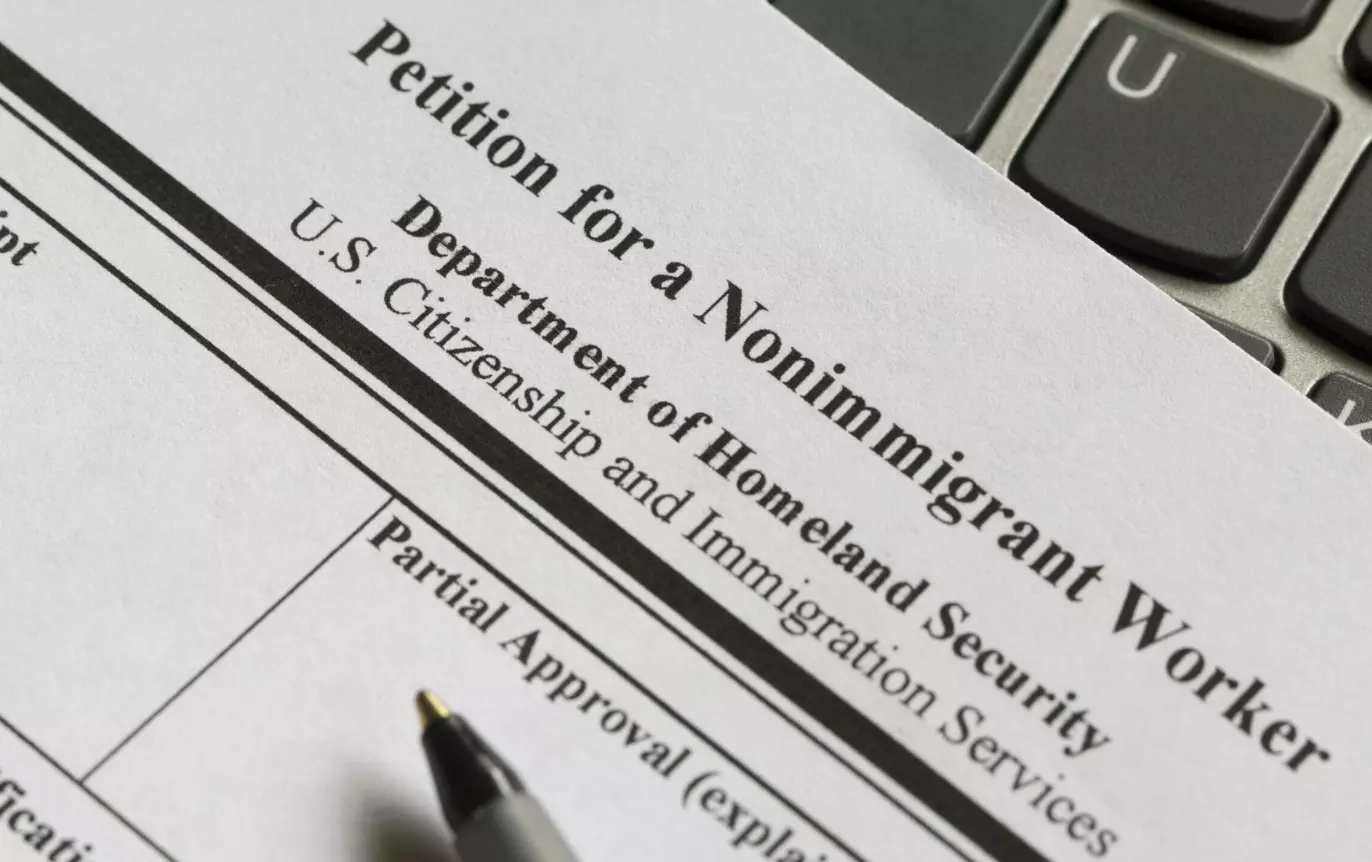Major changes to H-1B and H-2 Visa programs: New flexibilities and worker protections
Major changes to H-1B and H-2 Visa programs: New flexibilities and worker protections

The Department of Homeland Security (DHS) has announced significant changes to the H-1B and H-2 visa programs, introducing new flexibilities, stronger worker protections, and modernized processes. These updates will take effect on January 17, 2025, and will require employers to use an updated Form I-129, Petition for a Nonimmigrant Worker, which has not yet been released.
Overview of Changes
These updates are designed to help U.S. companies hire and retain global talent more effectively. Secretary of Homeland Security Alejandro N. Mayorkas highlighted that the improvements provide employers with greater flexibility and enhance the economic competitiveness of the U.S., while also supporting highly skilled workers in advancing American innovation.
The changes will impact various visa categories, including H-1B (specialty occupations) and H-2A/H-2B (temporary agricultural and non-agricultural workers), with a focus on modernization, flexibility, and worker protections.
Key Changes at a Glance
H-1B Program Updates:
Specialty Occupation Definition: The degree field must directly relate to job duties, with allowances for multiple related degrees.
Beneficiary-Owners Eligibility: H-1B status is now available for workers with a controlling interest in the petitioning employer, limited to an initial validity of 18 months.
Bona Fide Job Requirement: Employers must demonstrate the legitimacy of the specialty occupation role at the time of filing.
Cap Exemption Expansion: Nonprofits and governmental research entities conducting fundamental research now qualify for H-1B cap exemptions.
F-1 Cap-Gap Flexibility: Automatic extensions for F-1 students transitioning to H-1B prevent employment status disruptions until April 1 of the fiscal year.
Simplified Amendments: The itinerary requirement is eliminated, reducing administrative burdens.
Enhanced Integrity Measures:
Site Visit Enforcement: DHS has codified its authority to conduct site visits and enforce compliance. Employers refusing site visits may face denials or revocations.
Third-Party Placements: For H-1B workers placed at third-party sites, the third party’s job requirements will determine if the position qualifies as a specialty occupation.
Labor Condition Application (LCA) Compliance: Employers must ensure LCAs accurately reflect the petitioned role.
H-2A and H-2B Program Updates:
Stronger Worker Protections: Prohibits recruitment fees, provides whistleblower protections, and mandates employer responsibility for return transportation costs if an H-2A petition is revoked.
Greater Worker Flexibility: Extended grace periods for workers to prepare for new employment or departure:
10 days before employment to settle in.
30 days after employment ends to seek new jobs or prepare to leave the U.S.
60 days during unexpected job loss to secure new employment with an approved petition.
Easier Job Transitions (Portability): Workers can start a new job immediately after filing a petition with a new employer, without waiting for USCIS approval.
Program Modernization:
No More Country-Specific Restrictions: Employers can hire workers from any country, removing outdated regional quotas.
Simplified Maximum Stay Calculations: DHS has streamlined the process for determining a worker’s maximum allowable stay in the U.S., improving clarity and compliance.
Updated Form I-129 Required in 2025
To align with these changes, DHS is rolling out a new edition of Form I-129, effective January 17, 2025. This form will apply to a wide range of nonimmigrant visa categories, including H-1B, H-2A, H-2B, and others like H-1B1, H-3, L-1, O-1, P-1 to P-3, Q-1, R-1, E-1/E-2, E-3, and TN.
Implications for Employers and Workers
For Employers & HR Teams:
More flexibility to hire and retain talent but with stricter compliance requirements.
Stricter accountability through bona fide job requirements and LCA compliance.
Updated processes to simplify amendments and petitions.
For Foreign Workers:
Stronger protections against unfair recruitment fees and retaliation.
Greater job security through extended grace periods and easier transitions.
Next Steps for Employers & HR Teams
To prepare for these changes, employers should:
Review and update recruitment practices.
Be ready for government site visits and compliance reviews.
Start using the new Form I-129 for all relevant visa petitions.
Develop clear procedures for worker transitions.
Educate HR teams on the new rules.
Stay Informed
Immigration policies are constantly evolving, and staying informed is crucial. Boundless offers services to help employers and HR teams navigate these changes, ensuring compliance and support for their workforce.

